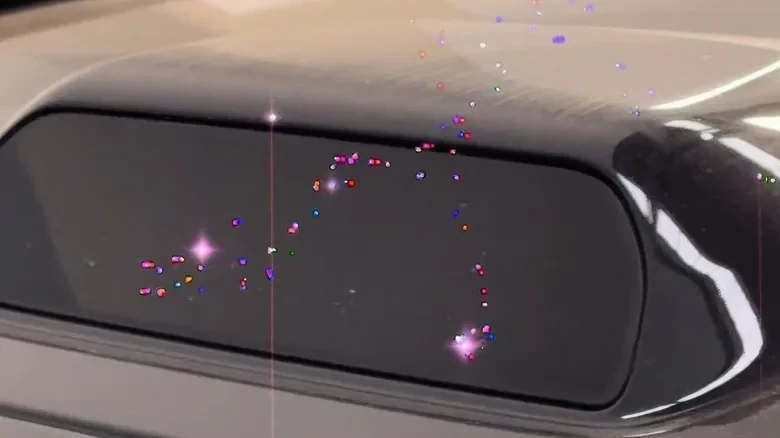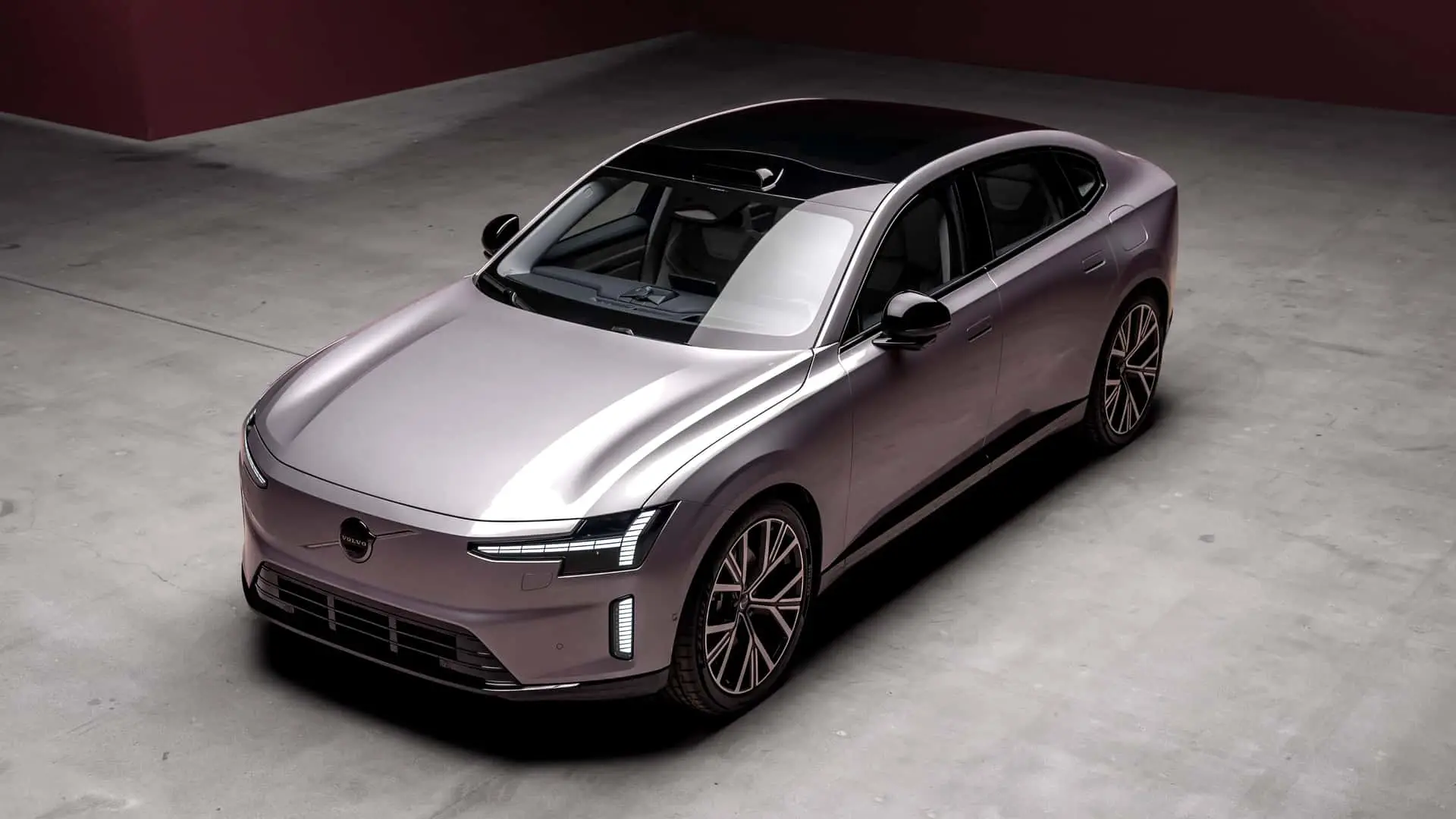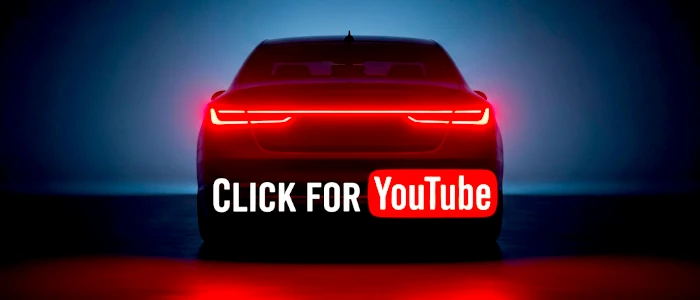I came across a news story that got me thinking about the pace of technological evolution and its unforeseen consequences. With the gradual increase of semi-autonomous vehicles on the streets, it’s becoming more common to see cars equipped with a variety of sensors and cameras pointing in every direction. But what if one of those sensors could, suddenly, damage something as essential to us today as the camera on our cell phones?

Well, it seems this isn’t just a theory. A Reddit user discovered in the worst way possible that Lidar sensors mounted on cars can, under certain circumstances, cause permanent damage to a phone’s camera. It was, in his words, the technological equivalent of staring directly at the Sun. And the result? The phone camera simply “fried.”
What Happened to the iPhone’s Camera?
The viral story involves Reddit user u/Jeguetelli. He posted disturbing images showing what happened to his brand-new iPhone 16 Pro Max camera while filming a Volvo EX90. The car, a top-tier crossover SUV, was perfectly fine. The problem was in the unexpected interaction of its technology.
The Lidar sensor, mounted in a compartment above the Volvo’s windshield, fired a barrage of near-infrared laser light directly into the phone camera’s lens. The damage was instant and unmistakable, leaving behind a constellation of burned red, pink, and purple pixels. It was clear the damage affected one specific lens since the image returned to normal when switching to another lens on the same camera.
Why Is Lidar So Dangerous for Cameras?
To understand the danger, we need to know what Lidar is. It’s a technology that uses lasers to measure distances and create 3D maps of the environment. In autonomous or semi-autonomous cars, it’s crucial for navigation and obstacle detection.
The Lidar light beam, although generally safe for human eyes at normal distances, is a concentrated laser light. Digital camera sensors, especially those in our smartphones, are very light-sensitive surfaces. When a powerful, focused laser beam hits one of these sensors directly, it can overload and permanently damage the pixels—just like direct sunlight can damage the retina or the sensor of an older camera.
Are Manufacturers Aware of the Problem?
Yes, it appears they are. Volvo, the manufacturer of the car involved in the incident, already warns vehicle owners to avoid pointing cameras directly at the Lidar sensor. They confirmed to The Drive that “it is generally advisable to avoid pointing a camera directly at a Lidar sensor. The laser light emitted by the Lidar can potentially damage the camera sensor or affect its performance.”

The Swedish automaker emphasized that cameras are more vulnerable when they are very close and pointed directly at the sensor. In other words, as the original article compared it, it’s like staring at the Sun—just don’t do it. The rule is clear, but who would have imagined that the embedded technology in a modern car like the 2025 Audi Q4 E-Tron 45 or a 2026 Lexus ES Sedan could present such a risk?
Lidar: A Rising Technology in Cars?
Despite this apparent risk to cameras, Lidar is becoming increasingly common in the automotive world, especially with advances in autonomous and assisted driving. Even Tesla, which for a long time was skeptical about Lidar sensors (which Elon Musk considered “expensive and unnecessary”) and reluctant to add sensor “pods” to its cars, seems to be changing its mind.
Luminar Technologies, one of the main suppliers of Lidar technology, announced in its first-quarter financial report that Tesla became its largest customer, purchasing Lidar equipment worth $2.1 million. This indicates a strong trend of adoption of this technology, even by brands that previously avoided it. It’s a sign of how automotive technology, present in modern vehicles like the BYD that shakes up the market or the CarPlay Ultra, continues to evolve, bringing new capabilities and, sometimes, new precautions.
Key Points About Lidar and Cameras
- Vehicle Lidar sensors emit laser light (usually infrared).
- This laser light can permanently damage digital camera sensors.
- The risk is greater when the camera is close and pointed directly at the sensor.
- Manufacturers like Volvo issue warnings against this practice.
- Lidar technology is becoming more common in new cars.
- Even Tesla, once skeptical, is investing in Lidar.
Frequently Asked Questions
- Can the Lidar on all cars damage my camera? It’s not known if all Lidar systems pose the same risk, but the general recommendation is to avoid pointing cameras directly at any active Lidar sensor.
- Which type of camera is most vulnerable? Digital camera sensors, like those in smartphones and some video cameras, are particularly sensitive to direct laser light.
- Does quickly pointing the camera cause damage? The reported damage occurred when the camera was pointed directly at the sensor for a period of time, even if short. Direct exposure is the critical factor.
- How can I avoid this problem? Simply avoid pointing your cell phone camera or other digital cameras directly at vehicle Lidar sensors, especially at close range.
In my opinion, this incident serves as a fascinating reminder that technology, no matter how advanced, can always present unexpected interactions. It’s amazing to see cars becoming smarter and safer with systems like Lidar, but it’s equally important to be aware of the new precautions that this intelligence demands from us. It’s a small price to pay for innovation, but a price that can get costly if we’re not careful.
Had you heard about this risk before? Leave your comment and share your experience!
Author: Fabio Isidoro
Fabio Isidoro is the founder and editor-in-chief of Canal Carro, where he has been writing about the automotive world since 2022. Passionate about cars and technology, he began his journey on the HospedandoSites portal and today dedicates himself to creating technical content and comprehensive analyses of national and international vehicles. 📩 Contact: contato@canalcarro.net.br

